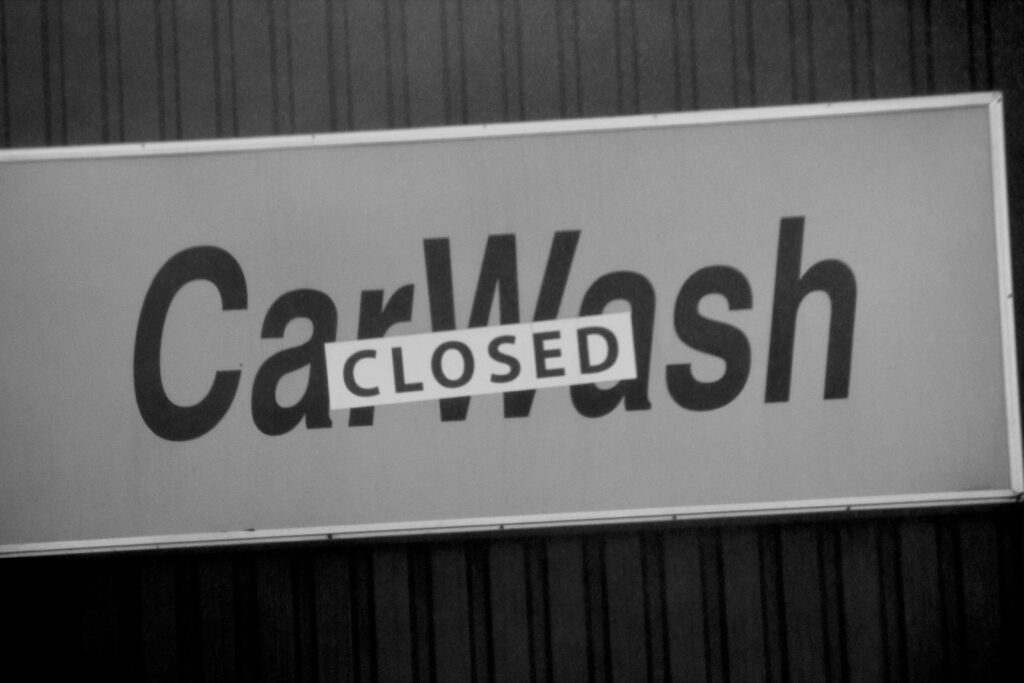verizon vs us cellular coverage map
Verizon: The National Giant
Reach: Verizon boasts the most comprehensive national coverage in the U.S. Its coverage map is virtually uninterrupted in the lower 48, with only the most remote or mountainous areas lacking signal. 4G LTE: Available almost everywhere; “dead zones” are rare and usually outside of population centers. 5G: Aggressively rolling out in urban and suburban hubs, with growing coverage along major highways and in secondary cities. Roaming: Minimal reliance, almost seamless experience for travelers, truckers, and crosscountry business users.
Key takeaway: Verizon consistently leads any verizon vs us cellular coverage map comparison for total footprint, reliability, and urbanrural consistency.
US Cellular: Regional Focus, Local Power
Core regions: Dominant in Midwest (Iowa, Wisconsin), Pacific Northwest, parts of New England, and rural Alaska. Roaming: Fills in the blanks via deals with Verizon and AT&T. Roaming, however, may come with data speed limits and unavailable advanced features. Urban vs. rural: Matches or even outperforms Verizon for signal and support in its strongest zones, but quickly drops to roaming elsewhere.
Key takeaway: The verizon vs us cellular coverage map shows US Cellular as a formidable option for those staying close to a home base in its “native” regions, but it lags for routine travel.
5G and Device Compatibility
Verizon: Leading in midband (nationwide 5G), fastest in dense metro markets. US Cellular: 5G emerging in select city cores within their core markets. Rural and nationwide users rely mainly on LTE. BYOD: Verizon’s network is compatible with most unlocked devices; US Cellular works best with carrierissued or partnerverified phones.
Price vs. Coverage
Verizon’s wider reach and higher reliability comes at a price premium. Users outside core markets, or those needing guaranteed signal everywhere, pay more. US Cellular is a better value for locals; monthly rates can be lower, and perks (local promotions, better store support) are stronger within the home region. Outside, costs can skyrocket on roaming or when premium services fail.
Best For:
Verizon
Travelers, business professionals, crosscountry drivers, and families routinely moving between states. Rural customers far from US Cellular towers. Anyone who prioritizes never losing connection in the city, suburbs, highways, and most rural locations.
US Cellular
Residents in the company’s stronghold states and regions—especially those not prone to national travel. Budgetconscious families, seniors, or students needing reliable local signal at a discount.
Map Facts: Predictive or Just Promotional?
Always review both companies’ maps for coverage at home, work, and typical travel routes. Carrier maps are optimistic: They show potential, not consistent, usable signal. Crowdsourced coverage (OpenSignal, RootMetrics): More honest about actual dead zones, speed, and reliability.
Roaming Reality
Verizon users rarely know when they’re roaming—data, text, and advanced features stay live. US Cellular customers rely on roaming frequently when outside core zones; expect slower speeds, spotty HD voice, or basic data at best.
RealWorld Scenarios
Nationwide Business User: Verizon wins for routine, seamless coverage with support for more devices and international roaming.
Stayathome Resident in Iowa or Wisconsin: US Cellular is a rational choice if your routine never leaves the core map and local store/price support matter more.
Family Spanning Multiple States: Mixed routines tip to Verizon—consistency for kids, students, work from anywhere.
Device and Tech Support
Verizon offers broader access to unlocked/bringyourown hardware, compatible with most U.S.certified devices. US Cellular excels only for devices sourced directly via their contracts or authorized retail partners.
Updating Coverage: Routine is Key
Check coverage at least yearly if moving home, traveling for work, or planning extended remote work stays. Maps shift, towers upgrade or decommission, and local congestion can outpace national upgrades.
Decision Discipline
Never pick a carrier on advertisement alone. Test coverage: Use a prepaid SIM for a week at home and on travel routes. Ask neighbors or friends; sometimes, only firsthand experience will reveal “hidden” dead spots.
Final Thoughts
The verizon vs us cellular coverage map demonstrates discipline and research over price tag or brand loyalty. Verizon’s national reach supports the widest range of users and scenarios but costs more, especially for those who rarely need national roaming. US Cellular rewards the fixedlocal user, at the expense of seamless service while traveling. In the end, coverage is the tool that empowers or frustrates every other smartphone feature—choose with your routine, not your hope. Check the map, check your life, and pick the network that lets you talk, text, and work wherever you demand. Structure beats surprises, every time.





